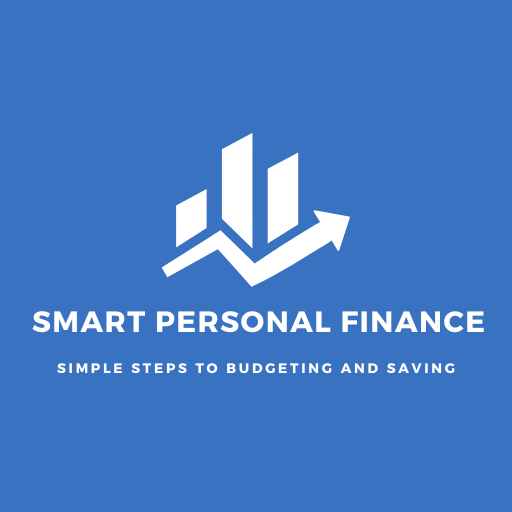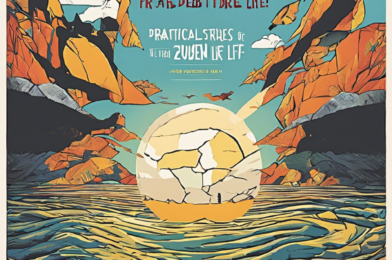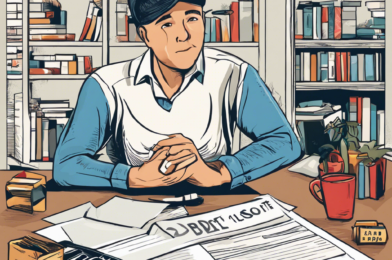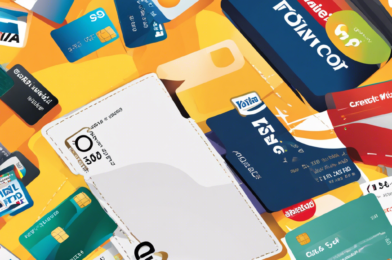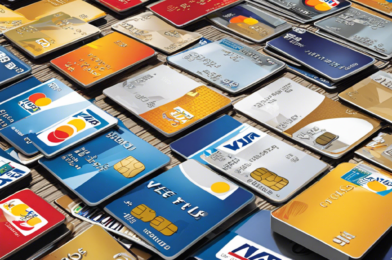Are you ready to say goodbye to debt and hello to financial freedom? Breaking free from the burden of debt is a journey that requires dedication and a strategic mindset. Let’s embark on this path together and explore practical steps to achieve a debt-free life.
Understanding Your Debt
The first step towards becoming debt-free is to acknowledge and understand the extent of your financial obligations. Begin by listing all your debts, including credit card balances, personal loans, student loans, and any other outstanding payments. Calculate the total amount owed and the interest rates associated with each debt. Prioritize high-interest debts as they can quickly accumulate and hinder your progress.
Creating a Realistic Budget
A well-structured budget is your compass in navigating the path to financial freedom. Start by assessing your monthly income and fixed expenses like rent, utilities, and insurance. Allocate a portion of your income to cover these essential costs. Then, create a plan for managing variable expenses such as groceries, entertainment, and dining out. Consider using budgeting apps or spreadsheets to track your spending and identify areas where you can cut back.
Implementing the Debt Snowball or Avalanche Method
There are two popular strategies for tackling debt: the debt snowball and debt avalanche methods. The snowball method involves paying off your smallest debts first, gaining momentum and motivation. This approach provides quick wins and psychological satisfaction. In contrast, the avalanche method targets debts with the highest interest rates first, potentially saving you more money in the long run. Choose the method that aligns best with your financial goals and discipline.
Negotiating with Creditors
Don’t underestimate the power of negotiation. Reach out to your creditors and explain your situation. Many companies are willing to work with debtors to create more manageable payment plans or even offer reduced settlement amounts. Be proactive in seeking solutions and keep records of all communication. Remember, creditors are often more willing to compromise than you might expect.
Increasing Income and Cutting Expenses
To accelerate your debt payoff, consider ways to boost your income. Explore options like taking on a side hustle, asking for a raise at your current job, or selling unwanted items online. Simultaneously, scrutinize your expenses and identify areas for reduction. Simple changes like cooking at home instead of eating out, opting for free entertainment, or negotiating better rates on services can significantly contribute to your debt repayment journey.
The journey to becoming debt-free is not without its challenges, but with perseverance and a well-thought-out plan, financial freedom is within reach. By understanding your debt, creating a realistic budget, implementing strategic repayment methods, negotiating with creditors, and making smart choices to increase income and reduce expenses, you can break free from the chains of debt. Start your journey today, and soon you’ll be celebrating the freedom and peace of mind that comes with a debt-free life.
